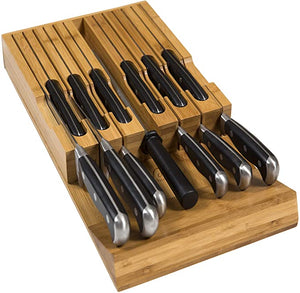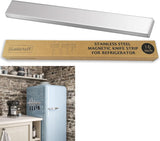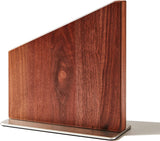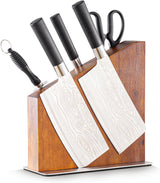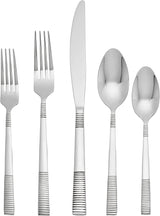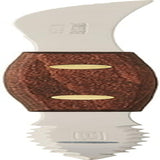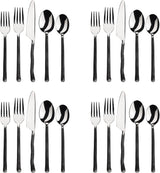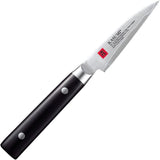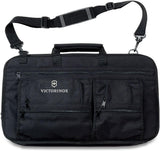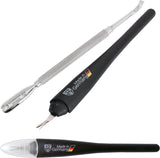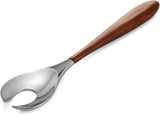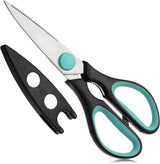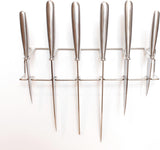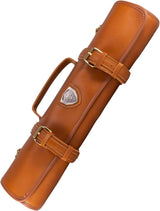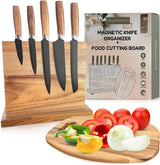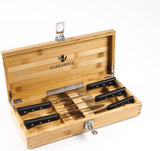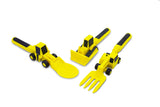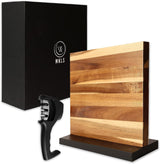Changing the blade in a folding utility knife is an essential skill for any kitchen professional. Whether you're slicing through packaging or preparing ingredients, a sharp blade ensures efficiency and precision. In this guide, we'll walk you through the process of changing a blade, ensuring you can maintain your tools with ease.
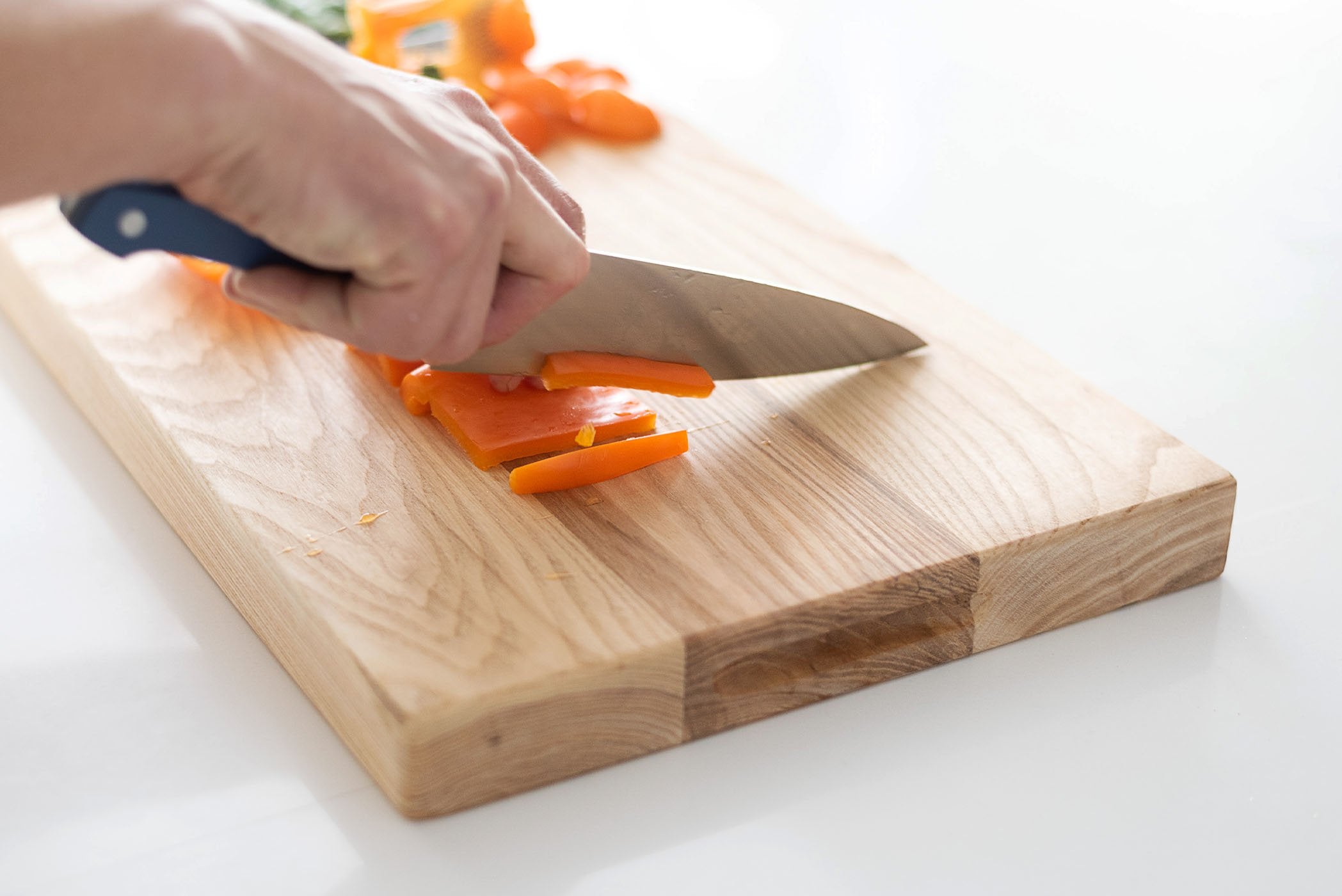
Understanding the Folding Utility Knife
The folding utility knife is a versatile tool commonly used in kitchens and worksites. It features a foldable design for safety and easy storage, making it a popular choice among professionals. Unlike a fixed-blade knife, the folding utility knife allows for quick blade changes, ensuring you're always ready to tackle new tasks.
Before diving into the steps on how to change the blade, it's crucial to familiarize yourself with the knife's components. These knives typically include a handle, blade housing, locking mechanism, and interchangeable blades.
Steps to Safely Change the Blade
1. Ensure Safety First
Before handling any sharp tools, it's important to prioritize safety. Wear gloves and ensure you have a stable surface to work on. Remember, a careful approach can prevent accidents and injuries.
2. Locate the Release Mechanism
Each folding utility knife comes with a specific mechanism for releasing the blade. This could be a button, slide, or lever, typically found on the side or top of the knife. Consult your knife's manual if you're unsure where it's located.
3. Carefully Remove the Old Blade
Once you've located the release mechanism, engage it to free the old blade. Use caution to prevent cutting yourself and dispose of the used blade in a suitable container.
4. Insert the New Blade
Take a new blade and carefully slide it into the blade housing. Ensure it's firmly in place before releasing the mechanism to lock the new blade securely.
5. Test the Blade
After replacing the blade, test it by making a controlled cut to ensure it's properly secured and functioning. This step is crucial for preventing any potential malfunctions during actual use.
Maintenance Tips for Your Utility Knife
Regular maintenance of your utility knife can greatly extend its lifespan and efficiency. After replacing the blade, consider these maintenance tips:
- Keep the blade and handle clean to prevent rust and buildup.
- Regularly inspect the locking mechanism to ensure it's functioning correctly.
- Replace blades as soon as they show signs of dulling to maintain cutting precision.
For more detailed insights, you can explore articles such as Clean a Pocket Knife for further guidance.
Conclusion
Mastering the art of changing a blade in your folding utility knife is crucial for any serious kitchen professional. It ensures that your tool is always ready to deliver optimal performance. By following the steps outlined in this guide, you can maintain your knife's efficiency while prioritizing safety.
For more about knife usage and maintenance, you might find Types of Kitchen Knives informative.

FAQs
How often should I change the blade in my utility knife?
The frequency of changing the blade depends on usage. For kitchen professionals, once the blade becomes dull or shows signs of wear, it should be replaced immediately to ensure precision in cutting tasks.
Can I use any brand of blades for my folding utility knife?
While many utility knives accept universal blades, it's advisable to use the manufacturer's recommended blades to ensure compatibility and safety.
What should I do with old blades?
Used blades should be disposed of safely in a dedicated blade disposal container to prevent injuries and environmental hazards.
This article contains affiliate links. We may earn a commission at no extra cost to you.
